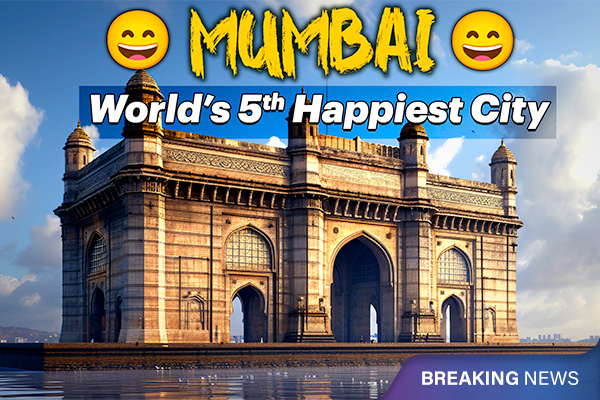Navratri 9 Colours: Not Tradition, Just Newspaper Marketing?
The Navratri tradition of wearing nine colours started in 2003 as a creative marketing idea by Maharashtra Times. What began as a newspaper campaign is now a nationwide celebration.
Navratri 9 Colours: Not Tradition, Just Newspaper Marketing?
The tradition of wearing nine different colours on the nine days of Navratri is very popular in India today. Each day, people dress in a special colour that represents the Goddess of that day. But did you know this tradition is not centuries old? In fact, it began only in 2003 as a marketing idea by the Marathi newspaper Maharashtra Times.
According to a report by QUINT, the newspaper’s editor at that time, Bharatkumar Raut, wanted to attract more female readers and beat competitors. They discussed creative ways and came up with the idea of linking each day of Navratri to a colour.
The logic was simple: each Goddess of Navratri would be represented by a colour. For example, white for Goddess Brahmacharini, who symbolises purity, and red for Goddess Chandraghanta, who is known for beauty and courage. During Navratri, the newspaper would publish the colour of the day on the front page, with a photo of a woman wearing that colour.
Women were encouraged to follow this daily colour tradition, and many began sharing photos of themselves in offices and homes dressed in the colour of the day. The newspaper even featured these pictures. At first, the response was small, but gradually it became a trend.
Over the years, this marketing idea turned into a cultural tradition followed not just in Maharashtra but across India. Today, millions celebrate Navratri by wearing these nine colours, without realising that the tradition is only about two decades old.







